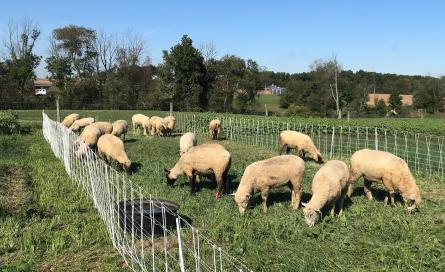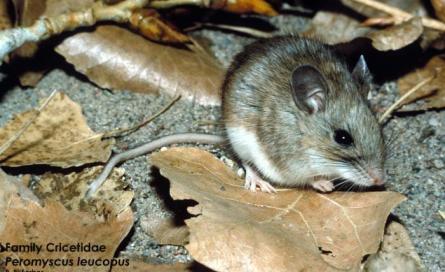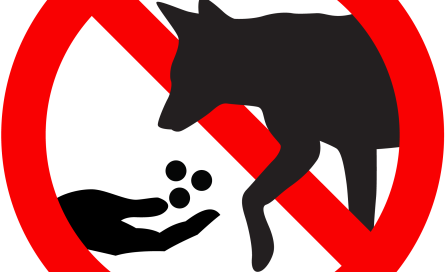Why collar coyotes?
Animals move around to access food and other resources, as well as to avoid dangers. By examining how animals move, and what choices they make in where they move and where they avoid moving, we can learn a lot about how those animals perceive different elements of the landscape. Our project aims to investigate the relationship between Ohio’s coyotes and local livestock production. To do that, we want to better understand how coyotes are moving around livestock operations and if they respond differently to various husbandry practices. Mitigating conflict with coyotes is often complicated because some producers seem to have repeated problems with coyotes while nearby producers do not. Recognizing the situations that lead to the most conflict between livestock and coyotes will allow us to make informed recommendations on how to avoid that conflict.
Where to collar coyotes?
We are looking to partner with livestock producers or landowners in areas around livestock production who will allow us to trap and collar coyotes on their property. Our team will then monitor those coyotes and work with the livestock producers to assess how livestock is being managed, what deterrent methods are being used against coyotes, and how effective those deterrents are. Our team is based in Columbus, but we are happy to consider working with landowners in other parts of Ohio to determine whether that property is a good fit for this research.
How to collar coyotes?
To put GPS collars on coyotes, we have to catch them first. Our team works with experienced trappers from around the state to ensure that coyotes are captured using accepted best management practices. Once a coyote is caught, members of our team will restrain the animal, collect data, and affix a GPS collar before releasing it. The collars communicate with satellites that allow us to check on their locations every few days, giving us near-real time data on their movement and behavior.
Interested in participating?
If you are a livestock producer or a landowner in an area that has a lot of livestock production, and you would be interested in learning more about this work, please reach out to learn more!



